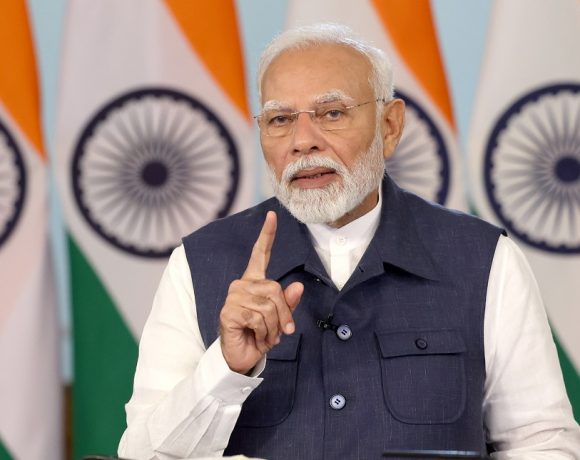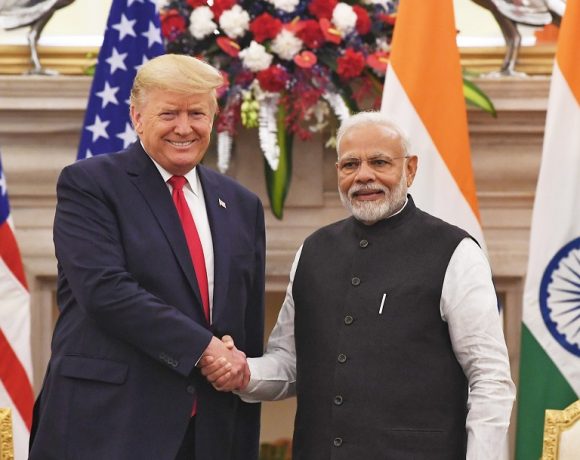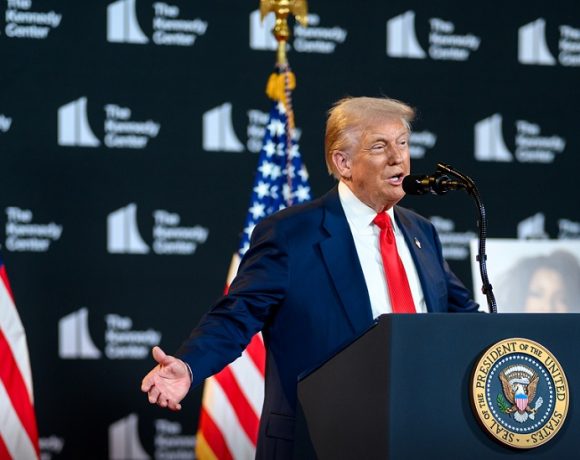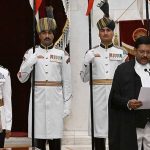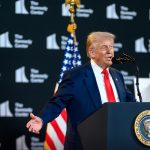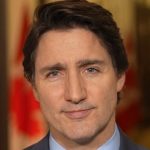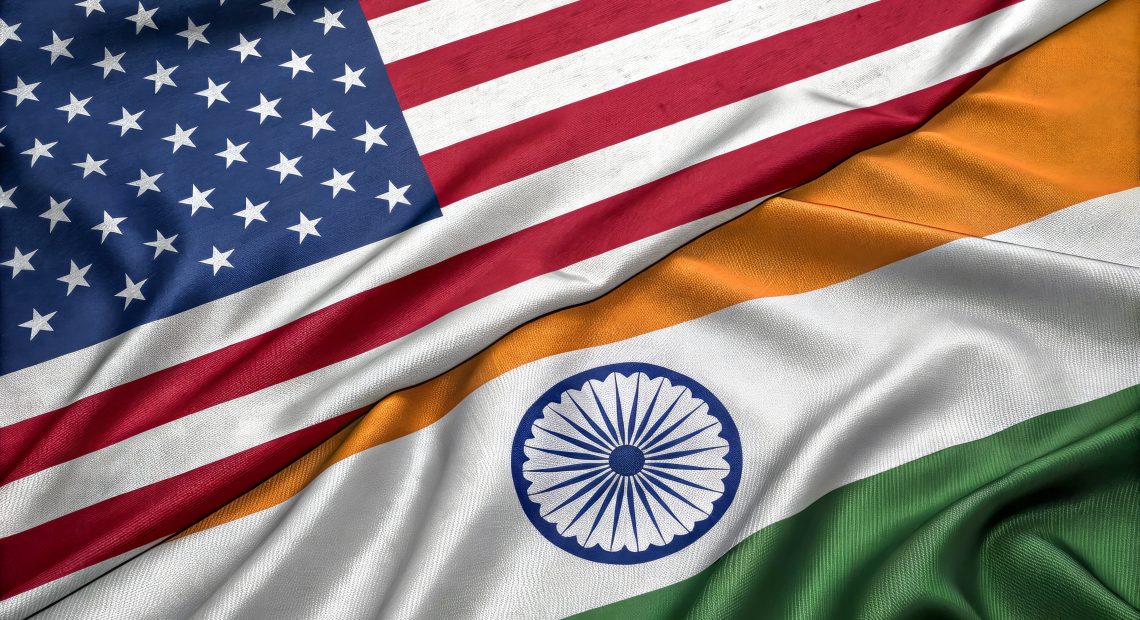
Rising U.S. Tariffs May Hit Indian Export Demand Soon
The Indian government is preparing for potential disruptions in export demand following the United States’ decision to implement reciprocal tariffs. With the announcement of new levies taking effect immediately, concerns are mounting that Indian exports to the U.S. could suffer a short-term decline. Officials are currently assessing the scope and implications of these tariffs but are holding back on any retaliatory steps, instead choosing to continue bilateral trade negotiations with the U.S.
U.S. Tariffs
While the U.S. has yet to outline the precise application of the new tariffs, they are expected to be sectoral or country-specific. The move may particularly affect countries engaging in trade with nations like Venezuela or those imposing retaliatory duties. President Trump has expressed repeated dissatisfaction with what he describes as “unfair trade practices,” including subsidies and value-added taxes on imports. These concerns are believed to be influencing the current tariff adjustments, aimed at correcting what the U.S. sees as imbalances in global trade.
Indian Exports
Amid uncertainty, Indian exporters rushed shipments in March, anticipating potential barriers. Industry experts have observed a strong export performance for the month, driven by pre-emptive deliveries. However, expectations for the months ahead are less optimistic. “You will see that exports in March have been good, but we expect some disruption for a few months. Things should improve as India and the U.S. finalize the trade agreement,” said Colin Shah, Managing Director of Kama Jewelry.
The main worry among exporters is that increased costs in the U.S. market due to the new tariffs will suppress consumer demand, thereby hurting India’s trade volumes. The pressure is particularly acute for labor-intensive sectors like textiles, leather, and gems and jewelry, which rely heavily on American buyers.
Trade Talks
The government’s immediate focus is on understanding how the new tariff formulas are being computed, especially in light of the U.S. administration’s attention to subsidies and domestic tax systems. Indian trade officials are pushing for continued engagement with their U.S. counterparts to minimize disruption and secure exemptions wherever possible.
Simultaneously, India is looking to diversify its trade partnerships by expediting agreements with other regions and countries. The aim is to reduce dependency on any single export market and shield the economy from the impact of policy changes abroad.
As the global trade environment becomes increasingly volatile, India is positioning itself to respond pragmatically, balancing diplomacy and economic strategy to protect its export ecosystem.


